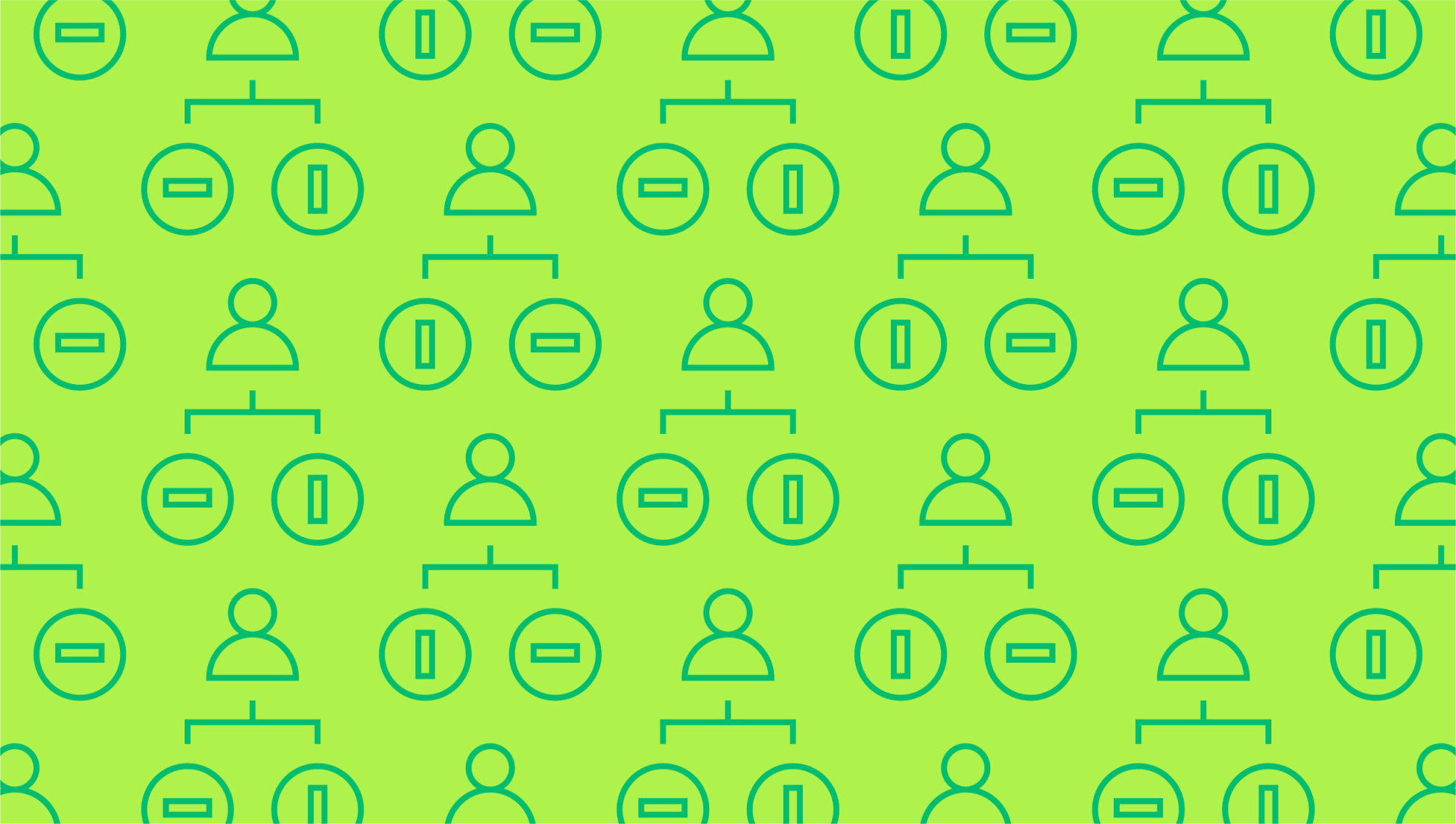Last editedMay 20212 min read
Inflation often goes hand in hand with economic growth as consumers are willing and able to pay more for goods and services. What happens when inflation occurs during times of economic stagnation? The answer is stagflation, and it’s never good news. What is stagflation exactly, and what is its meaning in economics? We’ll explore these questions below.
Stagflation definition: what is stagflation?
As the name suggests, the stagflation meaning combines two concepts: stagnation and inflation. This economic phenomenon takes place when economic growth rates stall (or stagnate) and both unemployment and inflation rates are high.
Normally, slow economic growth prevents inflation according to the rules of supply and demand. As consumer demand drops, prices fall accordingly. This makes stagflation a rather unusual economic event, caused by disruptive government policies interfering in usual market function. It can be a real problem for governments to solve because most interventions designed to reduce inflation will raise unemployment and vice versa.
Stagflation meaning in economics
We can gain a greater understanding of the stagflation meaning in economics by looking at when the term was first used. The stagflation definition was first hinted at in the 1960s by British politician Iain Macleod when describing the economy as a ‘stagnation situation’.
However, stagflation is most associated with the 1970s recession, when the U.S. experienced five quarters of negative GDP growth after the oil crisis. During this time, inflation doubled in 1973 before heading into the double-digit figures in 1974, coinciding with a 9% unemployment rate in 1975.
This went against prominent economic theories of the time, particularly the ideas in macroeconomics based on Keynesian theory. These stated that government policies designed to reduce inflation caused higher unemployment, and policies designed to reduce unemployment raised inflation. With stagflation, economists saw that these theories were not always correct.
Causes of stagflation
So, if stagflation goes against some of the most widely accepted principles of macroeconomic theory, what are its causes? One contributing factor is a government overprinting currency, increasing the country’s money supply. Another cause is when the central bank creates credit due to its policies. Both actions lead to inflation, due to the increase in money supply.
If these policies are pursued alongside others that restrict growth, it can cause stagflation. One example would be increasing taxes and interest rates in a bid to slow growth. Due to the conflict between policies designed to slow economic growth and increase inflation at the same time, stagflation takes place.
Another theory is that stagflation is caused by supply shock, or a sudden increase or decrease in supply. For example, if there’s a sudden, unexpected increase in the price of a commodity like oil, prices surge accordingly while profits drop. The conflict between increased prices and reduced profits leads to a stagflation situation.
Examples of stagflation
For a prime example of historic stagflation, we can look at the economic situation in the 1970s. The situation in the United States reflects all of the causes mentioned above, for a perfect storm of stagflation. The country had experienced a period of high economic growth during the 1950s and 1960s, with the Federal Reserve boosting demand and keeping unemployment figures low. However, wages weren’t able to keep up with the rising cost of consumer goods during the 1960s. The oil embargo crisis created supply shock as well, with industries suffering from extremely high oil prices that had a knock-on effect. Demand dropped, prices rose, and stagflation was the result.
Another, more recent example of stagflation occurred in Zimbabwe in 2018 and 2019. A series of economic shocks caused the government to flood the market with money supply to tackle rising national debt and a decline in economic output. The combination of rising inflation and a weak economy led to stagflation.
Could stagflation happen again?
Although the causes of stagflation are only speculative, it’s unlikely that we’ll see a return to the 1970s any time soon. Central banks and governments are careful about pursuing contradictory policies. When productivity increases, it’s important to tighten policy to rein in inflation without letting it get out of control.
We can help
GoCardless helps you automate payment collection, cutting down on the amount of admin your team needs to deal with when chasing invoices. Find out how GoCardless can help you with ad hoc payments or recurring payments.


